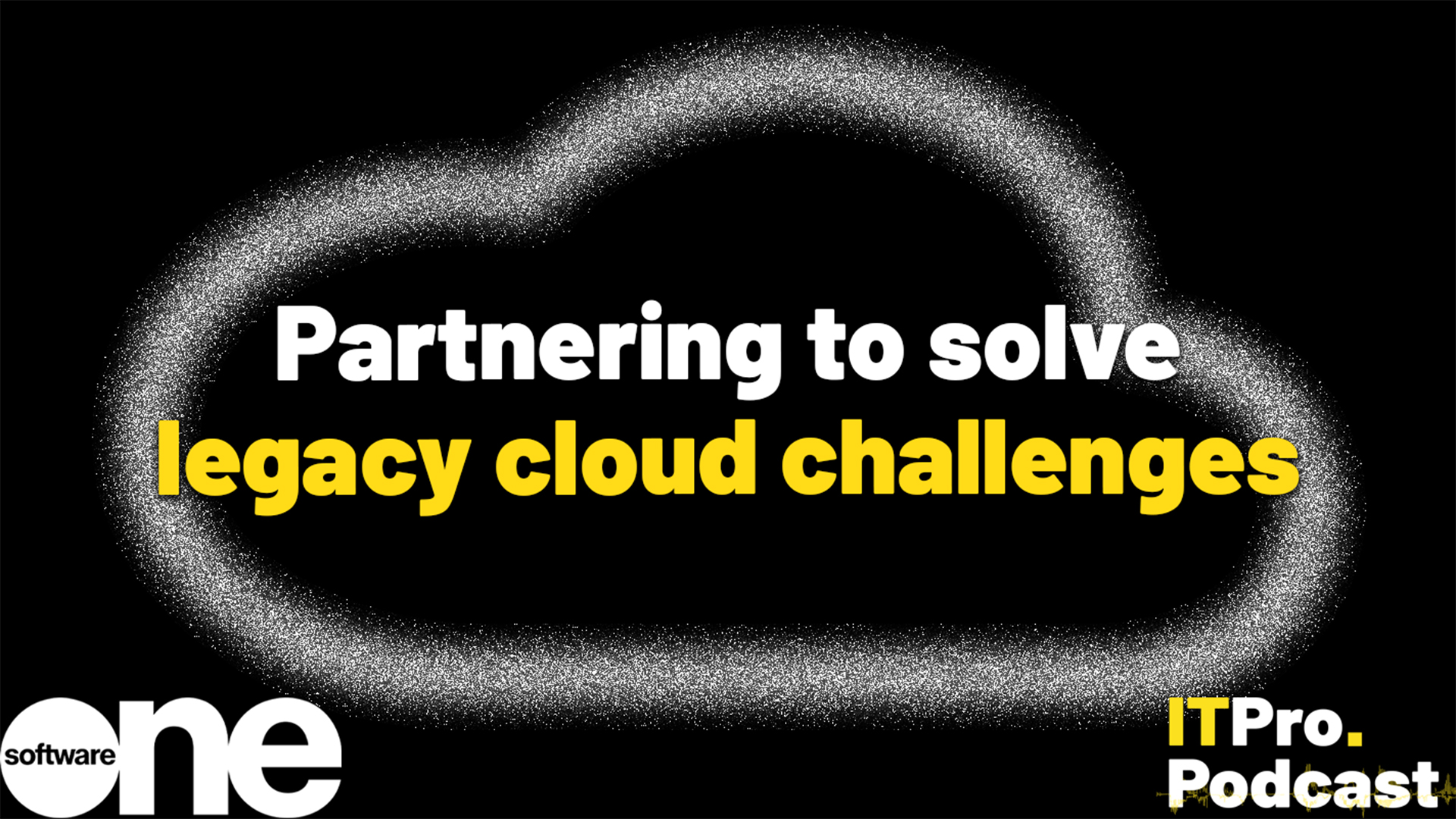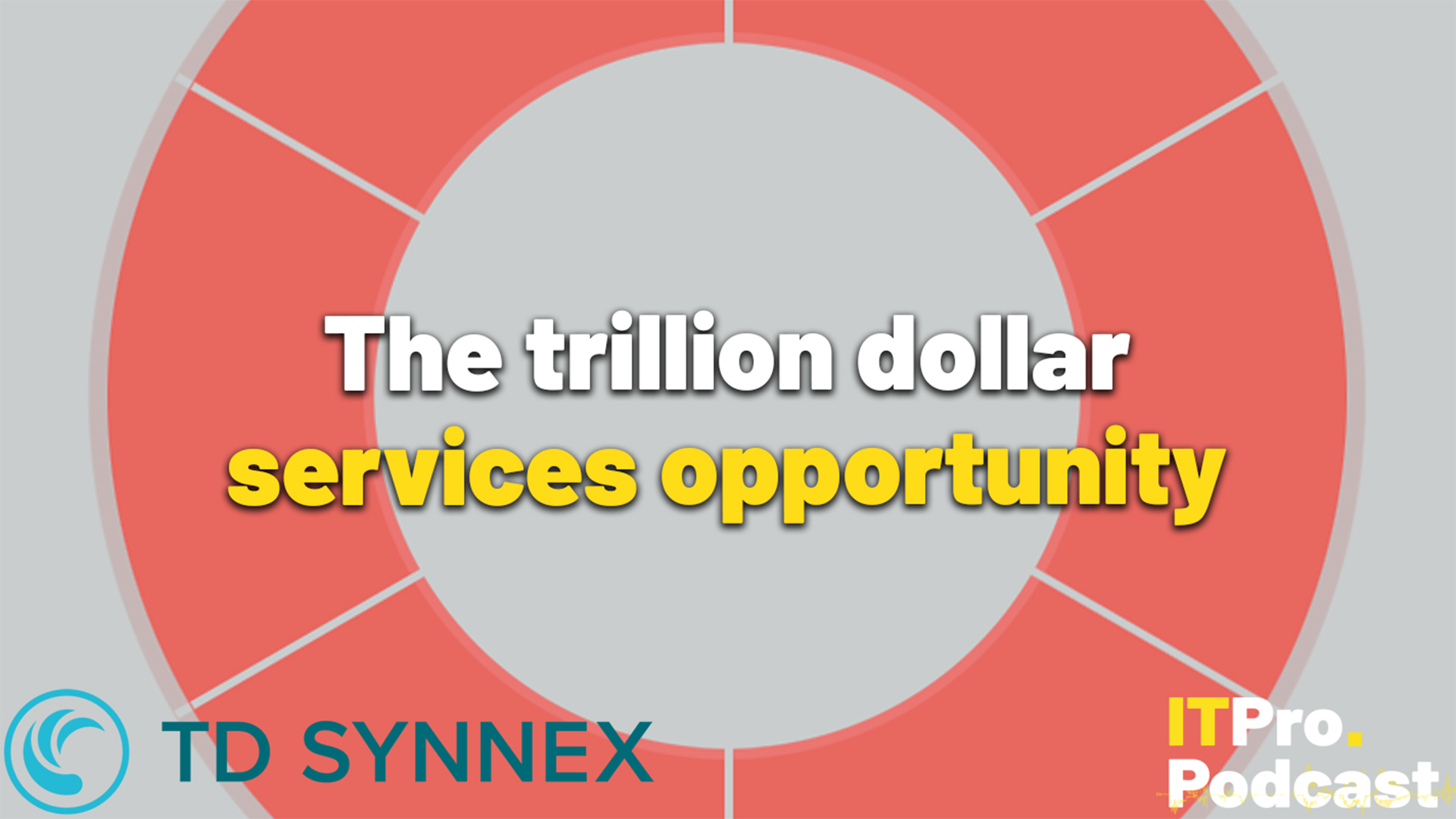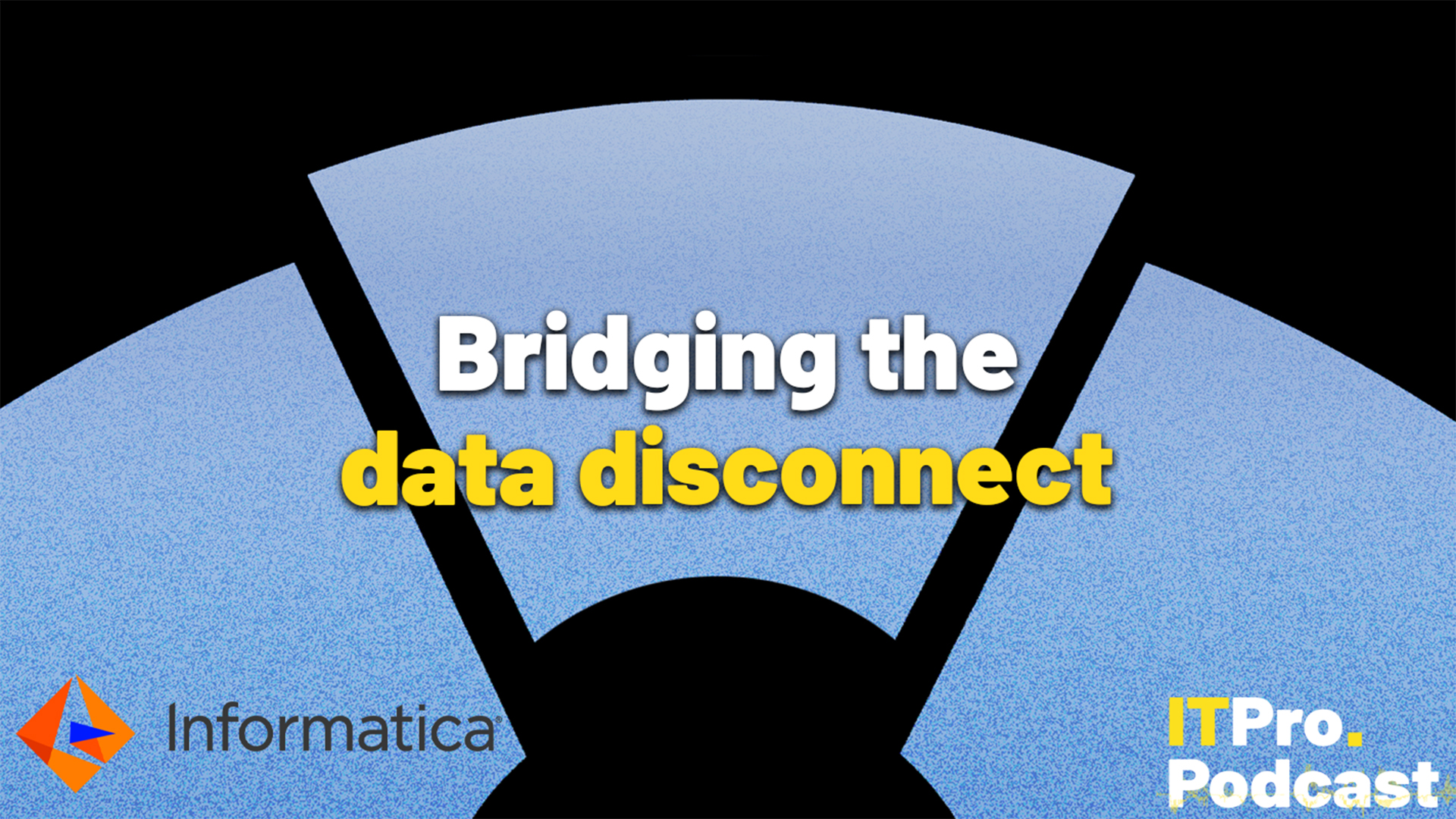The IT Pro Podcast: Why digital accessibility is good for business
Making your apps disability-friendly isn’t just the right thing to do, it’s an overall benefit too

An inclusive workplace isn’t just about supporting people of different genders, sexual orientations or races. Almost 20% of the UK has some form of disability, and it’s important to make sure that our offices, applications and services are set up in a way that is accessible to these people.
There are many reasons why this is a good idea; aside from being a legal requirement and a moral imperative, it can bring usability and productivity improvements for all your staff and customers, not just those with impairments. Joining us this week to discuss accessibility tech, digital inclusion and the benefits that it can bring to your organisation is Robin Christopherson, head of digital inclusion at UK charity AbilityNet.
You can get in touch with AbilityNet by calling 0800 04 876 42, or emailing inquiries@abilitynet.org.uk.
Highlights
“The RNIB, the Royal National Institute for the Blind here in the UK, did some brilliant research, where they got a bunch of visually impaired people to look at a range of websites. And obviously, the sites that were accessible were easier to use for them. But the most interesting part of that research was the control group of able-bodied testers that had no disability or impairment, didn't do anything differently about accessing websites, the sites that were accessible were also easier for them to use; they were able to complete the tasks on average 35% more quickly. So you get this 35% usability bonus. Every developer and designer, they stress about how to optimise the UI and the UX and make it a really good experience. WCAG is a shortcut to a really massive leap in usability for every single user.”
“AI is massively important. But it also has this darker side, where bots driven by machine learning are, for example, trying to submit forms. And that's why you have the evil that is CAPTCHA having to exist, so something like Google's ‘I'm not a robot’ tick box only works if you're not a keyboard user, which I am. Because that region on a web page just around that tick box and message is monitored for mouse movement towards the checkbox. It doesn't monitor mouse movement across the rest of the site, because that would be far too creepy. But around that area, Google is allowed to monitor your mouse movement towards that tick box. And if it's sufficiently wobbly, then it’s fine.
If you tab to it and hit the spacebar, which is what I would do, then most of the time, you will get the other CAPTCHA challenge coming up, which is increasingly obscured pictures of traffic signals or whatever it might be. And the reason why that's becoming increasingly difficult to see is because the AI is getting increasingly better at recognising those images, and successfully completing the CAPTCHA. So it's an arms race.”
Read the full transcript here.
Sign up today and you will receive a free copy of our Future Focus 2025 report - the leading guidance on AI, cybersecurity and other IT challenges as per 700+ senior executives
Footnotes
- Make the web accessible
- How tech can promote diversity in the workplace
- Uber launches fleet of wheelchair-accessible cars in London
- Lack of diversity in tech sees skills go to waste, argue MPs
- Why tech can’t close the diversity gap
- How to give your business a voice
- Making the case for screenless content
- The IT Pro Podcast: When bots go bad
- Researcher breaks Google CAPTCHA using speech-to-text AI
- Computer vision – have you seen the light?
- TechShare Pro 2021 | AbilityNet
- TechShare Pro 365 | AbilityNet
Subscribe
ITPro is a global business technology website providing the latest news, analysis, and business insight for IT decision-makers. Whether it's cyber security, cloud computing, IT infrastructure, or business strategy, we aim to equip leaders with the data they need to make informed IT investments.
For regular updates delivered to your inbox and social feeds, be sure to sign up to our daily newsletter and follow on us LinkedIn and Twitter.
-
 TPUs: Google's home advantage
TPUs: Google's home advantageITPro Podcast How does TPU v7 stack up against Nvidia's latest chips – and can Google scale AI using only its own supply?
-
 Microsoft Excel is still alive and kicking at 40
Microsoft Excel is still alive and kicking at 40News A recent survey found Gen Z and Millennial finance professionals have a strong “emotional attachment” to Microsoft Excel
-
 Gender diversity improvements could be the key to tackling the UK's AI skills shortage
Gender diversity improvements could be the key to tackling the UK's AI skills shortageNews Encouraging more women to pursue tech careers could plug huge gaps in the AI workforce
-
 Is diversity still a challenge in the channel?
Is diversity still a challenge in the channel?Industry Insights Despite progress, diversity remains a challenge in the tech channel, as women represent less than a quarter of the UK’s tech workforce and still face structural and cultural barriers
-
 Partnering to solve legacy cloud challenges
Partnering to solve legacy cloud challengesSponsored Podcast Camp Australia successfully embraced the cloud through targeted digital transformation
-
 The trillion dollar services opportunity
The trillion dollar services opportunitySponsored Podcast Services and enablement are key to transforming products into business outcomes
-
 Turning business data into business value
Turning business data into business valueSponsored Podcast Businesses looking to harness unstructured data and deploy widespread agents need a steadfast strategy
-
 Bridging the data disconnect
Bridging the data disconnectSponsored Podcast How can businesses make the most of their data for customer success?
-
 Data integration for open table formats
Data integration for open table formatsSponsored Podcast Open table formats can unlock huge benefits for IT leaders looking to get value out of their data
-
 Women in tech are plagued by imposter syndrome – here are three tips to overcome lingering doubts
Women in tech are plagued by imposter syndrome – here are three tips to overcome lingering doubtsNews Imposter syndrome among female tech workers gets worse as careers progress

